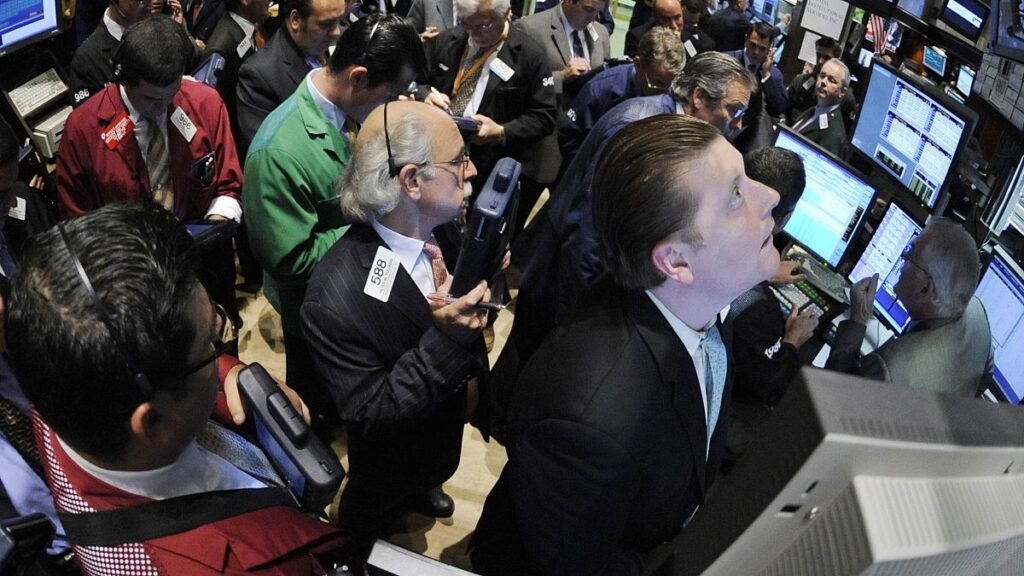Slowing inflation in Europe and softening U.S. economic data have raised expectations of central banks cutting interest rates, helping to spur stock price gains on both sides of the Atlantic.
Global government bond yields fell on Wednesday amid slowing euro zone inflation figures and weaker U.S. economic data. The decline in government bond yields reflects growing expectations that central banks will cut interest rates, boosting stock markets on both sides of the Atlantic. Mining and equities were particularly strong performers, driven by a surge in commodity prices, fueled by a weaker U.S. dollar. Technology stocks also performed well as the AI boom continues.
European stock markets and the euro rebound
European stock markets rebounded broadly on Wednesday, with the Euro Stoxx 600 up 0.74%, the DAX 1.19%, the CAC 40 1.24% and the FTSE 0.61%. The euro zone’s flash monthly Consumer Price Index (CPI) fell to 2.5% in June from 2.6% in the previous month, according to Eurostat estimates, while core inflation, excluding food and energy, rose slightly to 2.9% from 2.8% in May.
Inflation may not be strong enough for the ECB to cut interest rates for a second time this month, but bond traders expect further cuts this year.Government yields have fallen in major economies, boosting risk-on sentiment across the continent.
Meanwhile, the French stock market extended gains after reports that the far-right is unlikely to win an absolute majority in the election. French 10-year government bond yields fell for a second day in a row, dropping 7 basis points (0.07%) to 3.25%. The CAC 40 rose 2% from its weekly low to close at 7,632 on Wednesday.
UK markets also rose ahead of today’s general election, with major mining stocks such as Rio Tinto, Glencore and Anglo American leading the way on the London Stock Exchange, rising 3.08%, 2.31% and 1.23% respectively.
The euro rose against the dollar to just below 1.08, its highest level in nearly a month, as the dollar weakened following the release of the Federal Reserve’s June meeting minutes.
From a technical perspective, major European benchmark indexes are showing signs of a bottom-up pattern, suggesting that investors may have ignored the recent political uncertainty. Stock markets appear to have absorbed the risks associated with the French elections and are refocusing on economic factors.
Wall Street hits new highs following Fed minutes
US stocks hit new highs ahead of Independence Day. The S&P 500 rose 0.51% to 5,537.02, while the tech-heavy Nasdaq index rose 0.88% to 18,188.30. The gains were mainly due to a fall in government bond yields following the release of the Fed minutes and softening US economic data, strengthening expectations that the central bank will cut interest rates at least once this year. According to the CME FedWatch tool, the Fed is now expected to cut rates in September and December, after only one cut was expected in June.
The ADP Nonfarm Payrolls report showed a smaller-than-expected number of employees in June. Meanwhile, the U.S. Services PMI unexpectedly dropped sharply last month. In addition, the Fed minutes revealed that the central bank needs more evidence that U.S. inflation will return to 2% before considering lowering interest rates. Fed officials are divided on how long to keep interest rates high. However, the committee noted that risks to achieving the employment and inflation targets have become more balanced.
European stock markets and Wall Street may maintain their upward momentum as expectations grow that central banks will enter a rate-cutting cycle this year, but political uncertainty in France and the UK could limit gains and cause European markets to underperform relative to their U.S. counterparts.

